17 Most Dangerous Vacation Spots In The United States
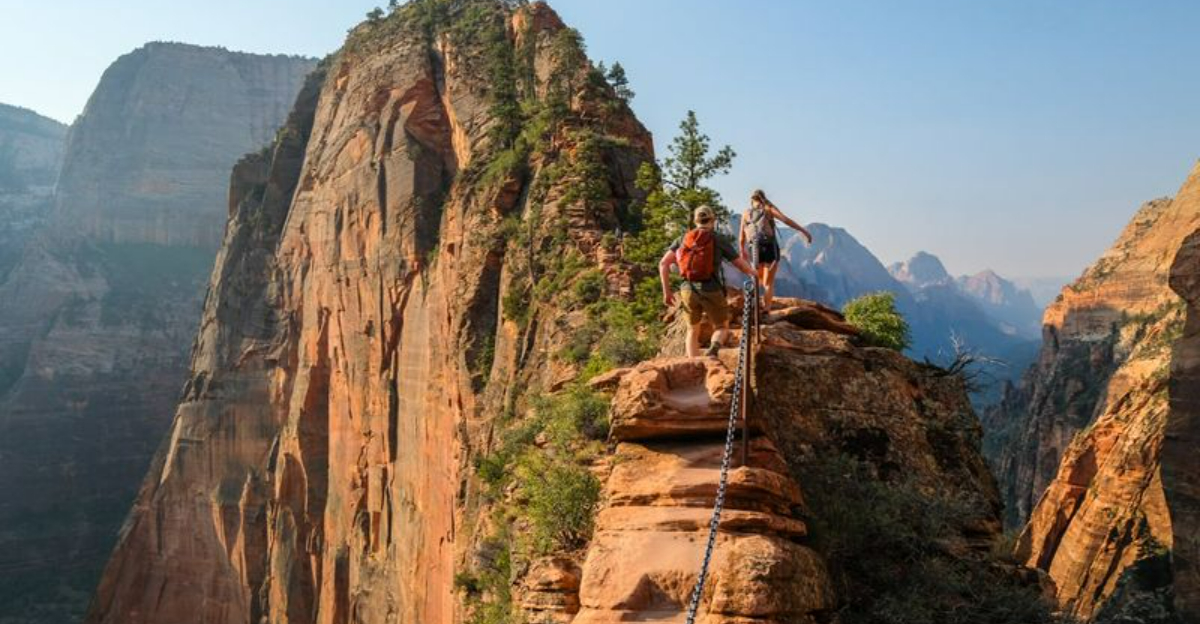
Planning your next adventure in the United States? While our country offers stunning landscapes and thrilling experiences, some destinations come with serious risks that many tourists don’t expect.
From extreme weather conditions to wildlife encounters and treacherous terrain, these popular vacation spots hide dangers beneath their beautiful facades. Before packing your bags, take a moment to understand the risks that might be waiting for you at these 17 perilous destinations.
1. Death Valley National Park, California
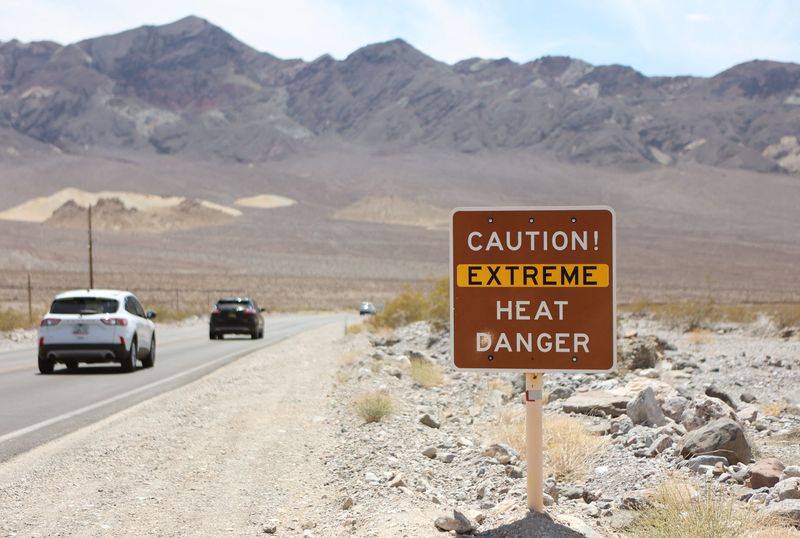
Summer temperatures regularly soar above 120°F in this deceptively beautiful desert landscape. Many visitors underestimate how quickly dehydration and heat stroke can set in, even during a short hike.
Cell service is practically non-existent in most areas, making emergency rescues extremely difficult. Rangers find stranded tourists every year who’ve run out of water or whose vehicles have broken down in remote areas.
If you’re determined to visit, come between November and March when temperatures are milder, carry excessive amounts of water, and never hike during midday hours.
2. Mount Washington, New Hampshire
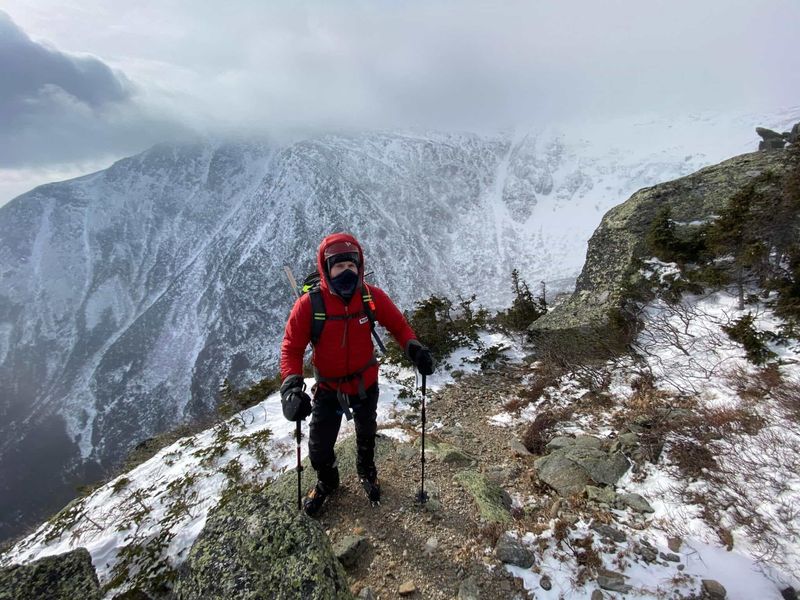
Home to “the world’s worst weather,” this mountain has claimed over 150 lives since record-keeping began. Winds have been recorded at an astonishing 231 mph, and weather conditions can change from sunny to deadly in minutes.
Hikers often start their journey in pleasant valley conditions, only to face hurricane-force winds, dense fog, and freezing temperatures at higher elevations. The combination of unpredictable weather and steep terrain creates a perfect storm of danger.
Even experienced mountaineers have perished here when caught unprepared.
3. The Florida Everglades
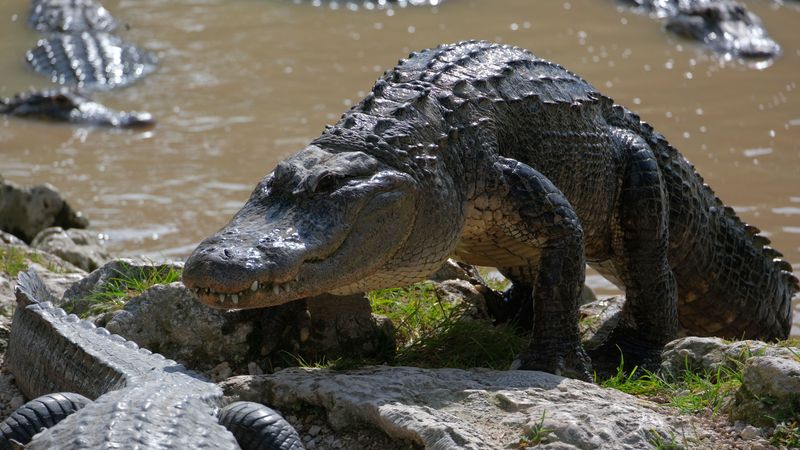
Venturing into this vast wetland ecosystem puts you in direct contact with alligators, pythons, and venomous snakes. Tourists often underestimate the aggressiveness of wildlife, especially during mating seasons.
Getting lost is surprisingly easy among the endless saw grass prairies that all look identical. Some visitors have disappeared after wandering off marked trails, only to become disoriented in the swampy labyrinth.
Mosquito-borne diseases like West Nile virus and dengue fever add another layer of risk during the humid summer months.
4. Volcano National Park, Hawaii

Active volcanoes create breathtaking but potentially deadly vacation experiences. Kilauea has been erupting almost continuously since 1983, occasionally destroying nearby communities and roads.
Toxic volcanic gases like sulfur dioxide can cause serious respiratory problems even when eruptions aren’t visible. These invisible plumes can shift direction with the wind, catching tourists off guard.
Unstable ground near crater edges has collapsed without warning, and several visitors have died from falling into steam vents or from being overcome by toxic fumes while trying to photograph dramatic lava flows.
5. Lake Mead National Recreation Area, Nevada/Arizona
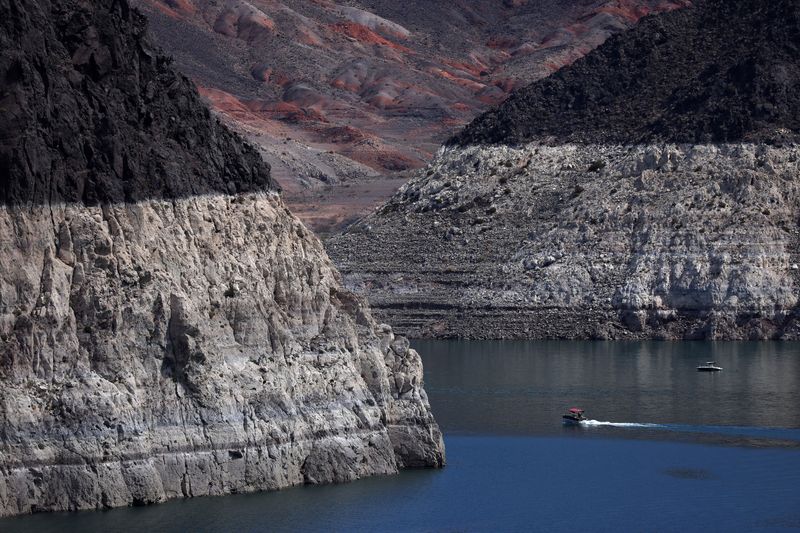
Don’t let the beautiful blue waters fool you – this popular boating destination claims multiple lives annually. Sudden storms create massive waves that can capsize smaller vessels in minutes, while strong currents beneath the surface have pulled down even strong swimmers.
Extreme heat compounds the danger, with summer temperatures regularly exceeding 110°F. Dehydration happens rapidly, especially when boating, as people often don’t realize how much they’re sweating.
The rocky shorelines become slippery when wet, leading to serious falls and drownings.
6. Yosemite National Park, California

The breathtaking cliffs that make Yosemite famous also make it deadly. Several tourists die each year from falls while hiking or taking selfies near steep drop-offs like Half Dome and Upper Yosemite Falls.
Swift-moving rivers claim lives every summer when visitors underestimate the power of currents. The Merced River looks peaceful in spots but has drowned numerous swimmers who ventured beyond safety barriers.
Wildlife encounters add another risk factor – black bears have injured campers who improperly stored food, while rattlesnakes sun themselves on popular hiking trails.
7. The Outer Banks, North Carolina
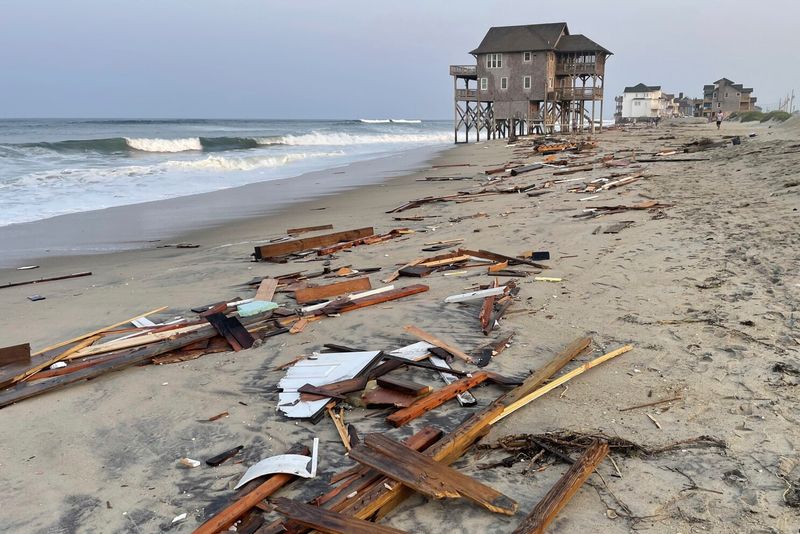
These narrow barrier islands face the full fury of Atlantic hurricanes each summer and fall. Evacuation can be nearly impossible when storms approach quickly, as there are limited escape routes via congested bridges.
Even on calm days, powerful rip currents form along these beaches, pulling swimmers out to sea. Rescue statistics show dozens of drownings annually, often tourists who don’t recognize the warning signs of dangerous water conditions.
The shifting sands create unstable areas where vehicles and even buildings have been swallowed by sudden collapses.
8. Glacier National Park, Montana

Hidden crevasses in the park’s namesake glaciers have swallowed hikers who ventured off marked trails. These ice formations are increasingly unstable due to climate change, creating unpredictable collapse zones.
Grizzly bear encounters represent another serious threat, with several maulings reported in recent years. Many tourists fail to carry bear spray or make sufficient noise while hiking through dense forest areas.
Hypothermia claims lives even in summer months, as mountain weather can plunge from 80°F to near-freezing in hours, catching day-hikers in T-shirts and shorts unprepared.
9. The Wave, Arizona
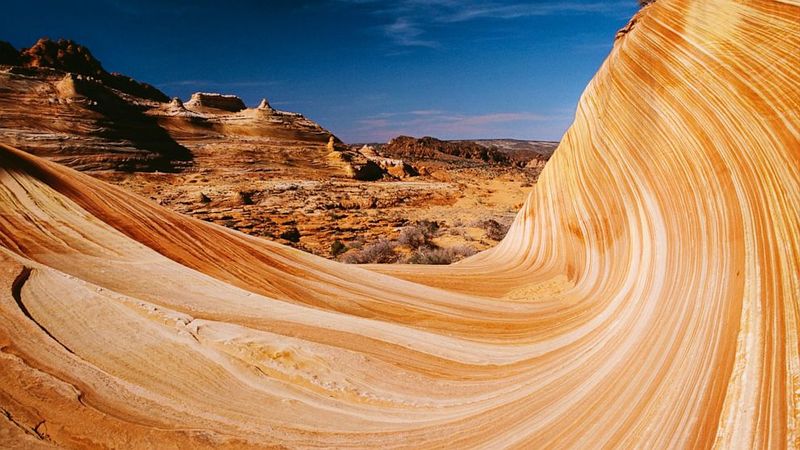
This stunning sandstone formation in the remote Coyote Buttes area has claimed multiple lives through heat exposure. Access requires a difficult hike across unmarked desert terrain with no shade or water sources.
GPS often fails in the deep canyons, and the landscape offers few distinctive features to navigate by. Tourists regularly become disoriented and wander for hours in extreme temperatures, sometimes fatally.
Flash floods can appear without warning during monsoon season, turning dry washes into raging torrents within minutes, even when no rain is visible in the immediate area.
10. Yellowstone National Park, Wyoming
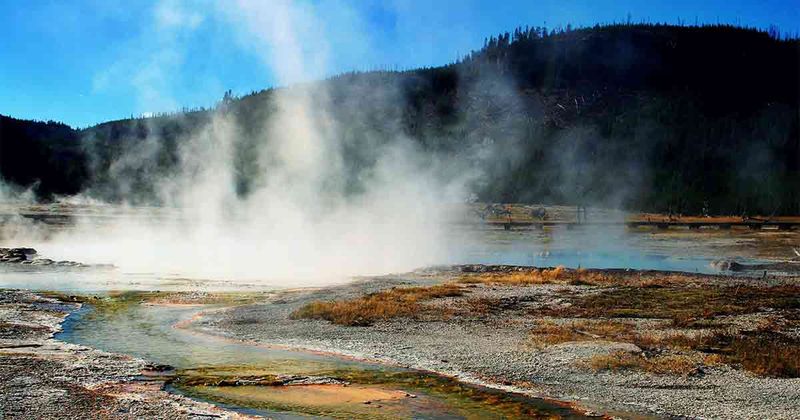
Those beautiful hot springs and geysers? They’ve killed or severely injured dozens who ventured off boardwalks. The ground around thermal features is often just a thin crust over boiling water that can collapse under a person’s weight.
Bison appear docile but can charge at 35 mph when provoked. Every year, tourists are gored or trampled while attempting close-up photos of these massive animals.
Toxic gases occasionally accumulate in valleys and depressions, creating invisible death zones that have asphyxiated visitors and wildlife alike.
11. Lake Powell, Utah/Arizona
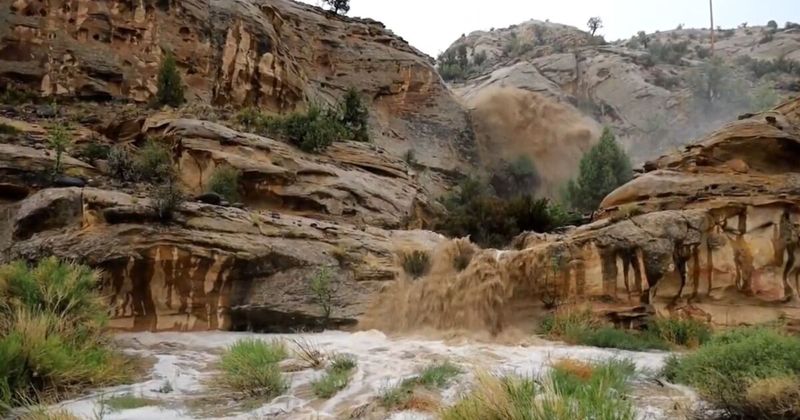
Flash floods regularly sweep through the narrow slot canyons surrounding this popular boating destination. Water levels can rise 20+ feet in minutes, trapping hikers with no escape route.
Carbon monoxide poisoning has killed entire families sleeping on houseboats when generators weren’t properly ventilated. The odorless gas accumulates in enclosed spaces, especially during cool nights when windows are closed.
The lake’s vast size and remote arms mean emergency help is often hours away, turning minor accidents into life-threatening situations.
12. Kalalau Trail, Kauai, Hawaii
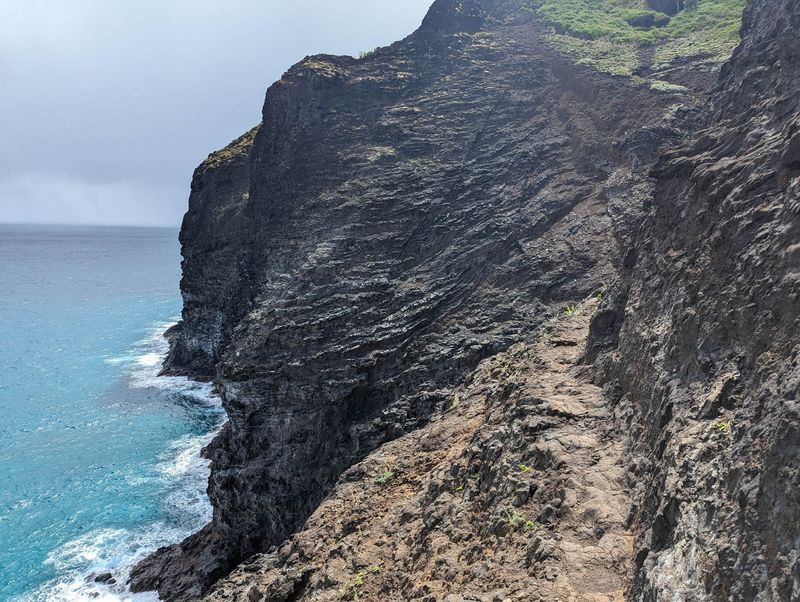
Considered one of America’s most dangerous hiking trails, this 11-mile path along the Napali Coast features narrow passages with 300-foot drops to jagged rocks below. One misstep in rainy conditions can be fatal.
Stream crossings become impassable during flash floods, stranding hikers for days. Several people have drowned attempting to cross swollen streams after heavy rainfall.
The remote location means rescue requires helicopters, which often can’t fly in the stormy conditions that create the most dangerous situations.
13. Grand Canyon National Park, Arizona

More than 300 people have died from falls, heat stroke, and drowning in this majestic but unforgiving landscape. The combination of extreme heat, steep trails, and deceptive distances creates a perfect storm of danger.
Many hikers start down the seemingly easy descent, only to discover they lack the stamina for the brutal climb back up. Rangers perform hundreds of rescues annually for exhausted, dehydrated visitors who underestimated the challenge.
Flash floods in side canyons have swept away entire hiking groups with little warning.
14. Zion National Park, Utah

The famous Narrows and Angel’s Landing trails claim lives almost yearly. Angel’s Landing features a final section with 1,000-foot drops on both sides protected only by chains, where strong winds have pushed hikers to their deaths.
Flash floods roar through the slot canyons with little warning. The Narrows can transform from a pleasant wade into a deadly torrent within minutes when storms occur miles away.
Heat stroke is common during summer months when temperatures in the canyon bottom can reach 110°F with limited shade or escape routes.
15. Tornado Alley (Oklahoma, Kansas, Nebraska)
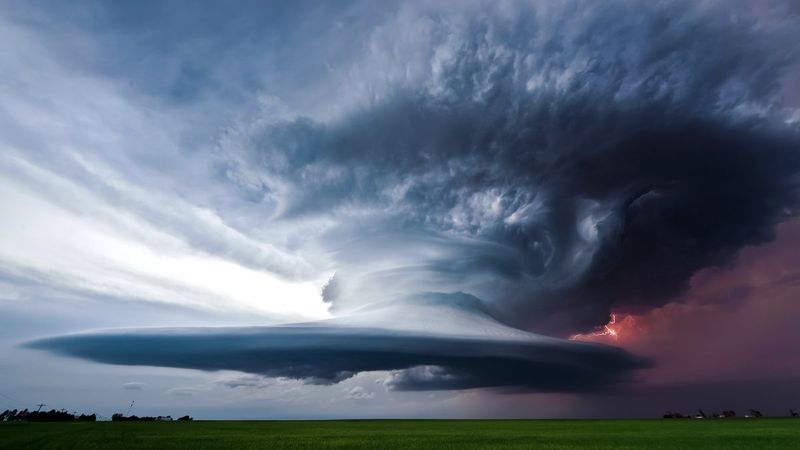
Summer road trips through America’s heartland can put you directly in the path of nature’s most violent storms. Unlike hurricanes, tornadoes offer minimal advance warning, sometimes forming in minutes.
Many hotels and tourist accommodations lack adequate storm shelters. Visitors often don’t know local warning systems or safe locations to seek shelter when sirens sound.
Mobile homes and campgrounds, popular with budget travelers, provide almost no protection against even moderate tornadoes and have accounted for a disproportionate number of tornado fatalities.
16. Alaskan Wilderness
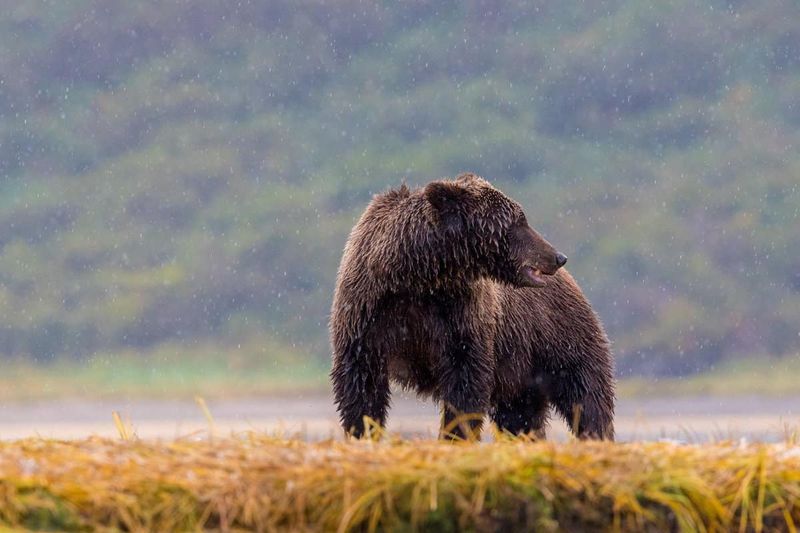
The remote beauty that attracts adventurers also makes rescue nearly impossible when things go wrong. Weather can change instantly, trapping hikers in hypothermic conditions even in summer.
Wildlife encounters with moose, bears, and wolves pose serious threats to unprepared tourists. Grizzly attacks have increased as visitor numbers grow in previously isolated areas.
Many visitors underestimate distances and overestimate their wilderness skills. The combination of isolation, harsh conditions, and dangerous wildlife makes even minor mistakes potentially fatal in America’s last frontier.
17. Hanakapiai Beach, Kauai, Hawaii
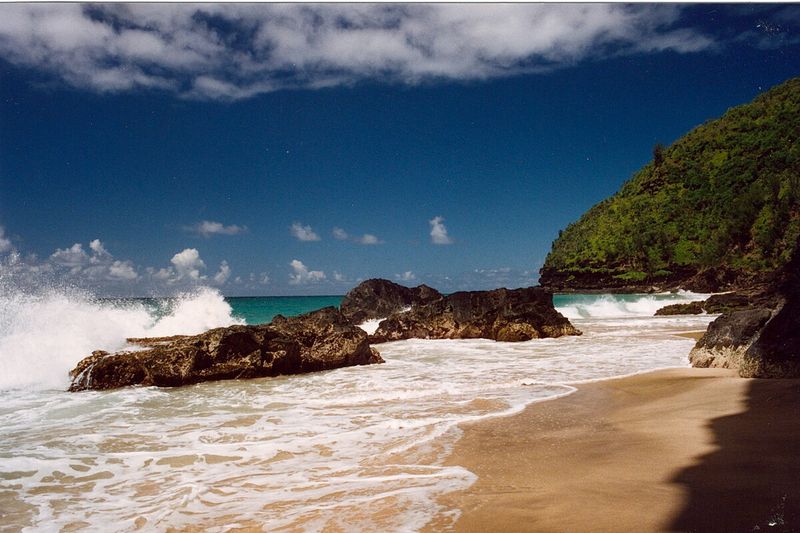
This seemingly idyllic beach has no lifeguards and is nicknamed the “Drowning Beach” by locals. Powerful rip currents and massive seasonal waves have claimed dozens of lives, often tourists who ignored warning signs.
The deceptively calm-looking water can change character instantly when swells arrive. Many victims were standing ankle-deep when swept out to sea by sudden waves.
A sign at the trail entrance grimly tallies the number of visitors who have drowned, yet people continue to risk swimming in these treacherous waters.
